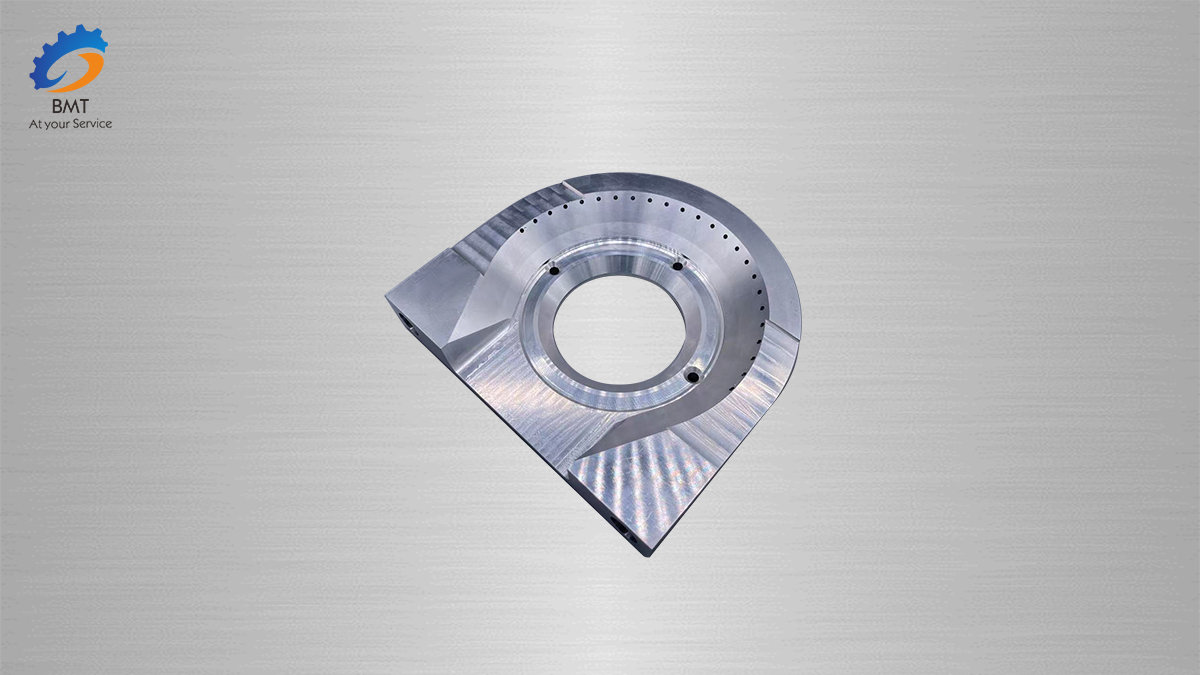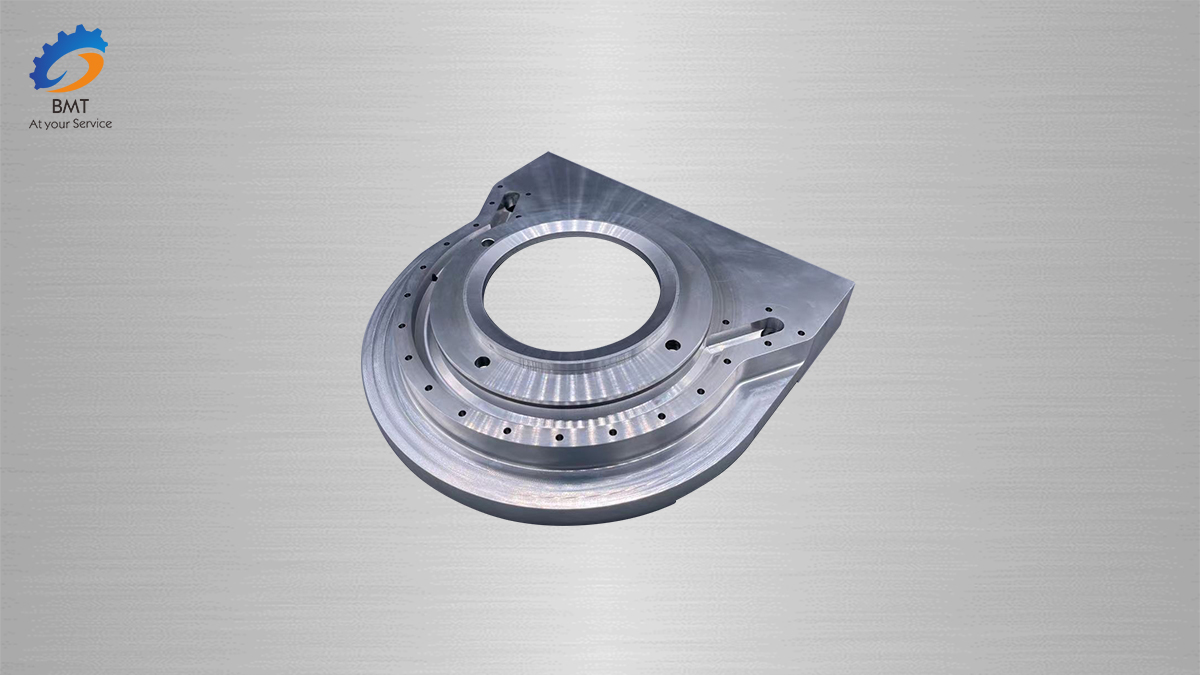Processing Technology
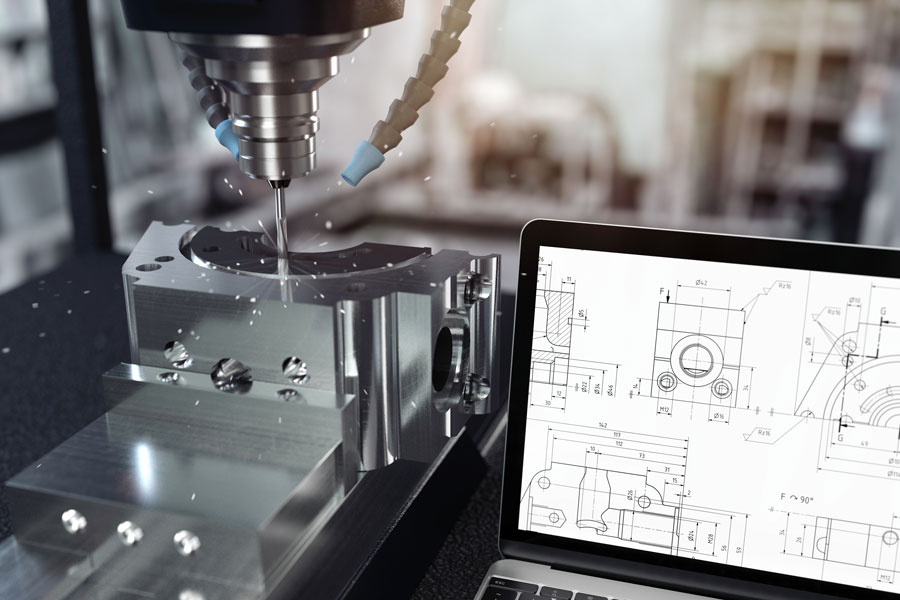
Grinding refers to the processing method of using abrasive and abrasive tools to remove excess materials from the workpiece. According to different process purposes and requirements, there are many forms of grinding processing methods. In order to meet the development needs, the grinding technology is developing towards precision, low roughness, high efficiency, high speed and automatic grinding.
There are many forms of grinding processing methods. In production, it mainly refers to grinding with grinding wheel. In order to facilitate use and management, the grinding processing methods are generally divided into four types according to the grinding processing forms and processing objects of grinding machine products:
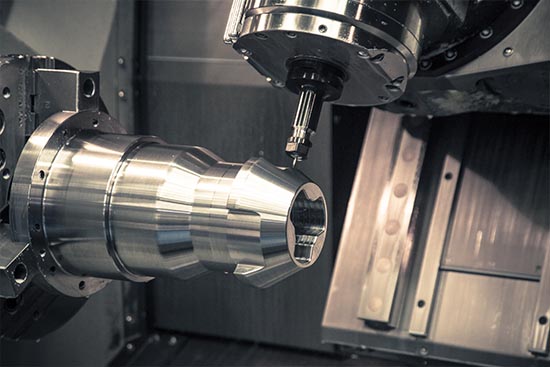
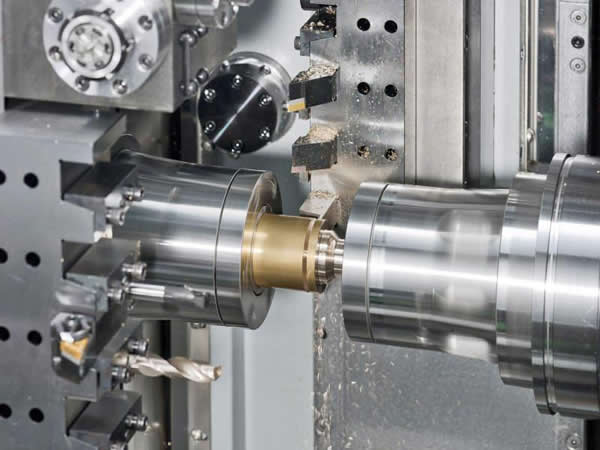
1. According to the grinding accuracy, it can be divided into rough grinding, semi fine grinding, fine grinding, mirror grinding and ultra-fine machining;
2. Cut in grinding, longitudinal grinding, creep feed grinding, non-feed grinding, constant pressure grinding, and quantitative grinding are classified according to the feed form
3. According to the grinding form, it can be divided into belt grinding, centerless grinding, end grinding, peripheral grinding, wide wheel grinding, profile grinding, profiling grinding, oscillating grinding, high-speed grinding, strong grinding, constant pressure grinding, manual grinding, dry grinding, wet grinding, grinding, honing, etc
4. According to the machined surface, it can be divided into cylindrical grinding, internal grinding, surface grinding and grinding (gear grinding and thread grinding)

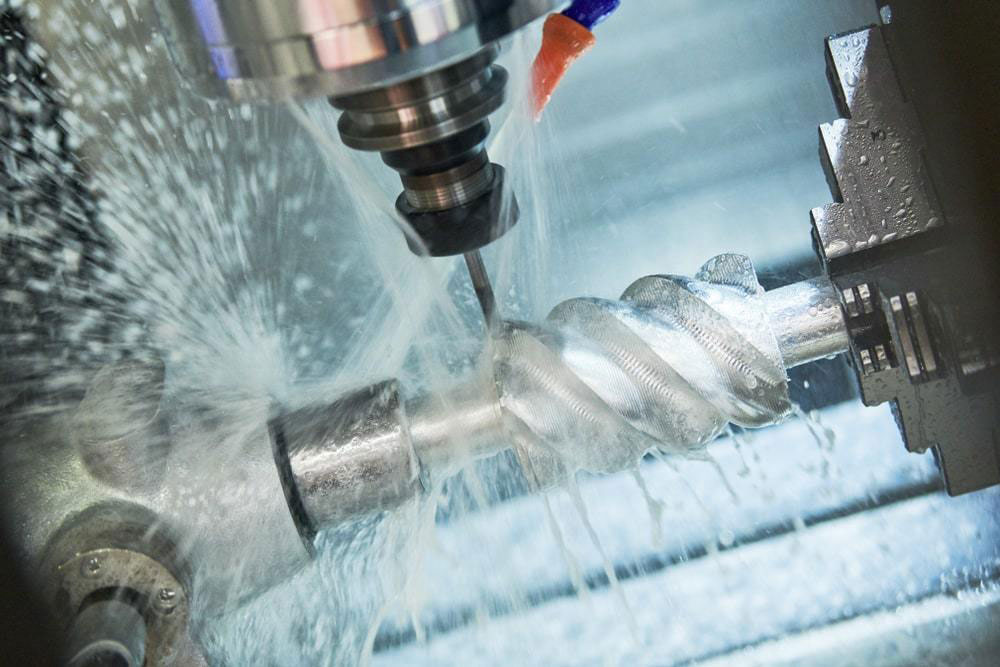
In addition, there are many ways to distinguish. For example, according to the types of grinding tools used in grinding, they can be divided into: grinding methods for solid abrasive tools and free abrasive tools. The grinding methods for solid abrasive tools mainly include wheel grinding, honing, abrasive belt grinding, electrolytic grinding, etc; The machining methods of free abrasive grinding mainly include grinding, polishing, jet machining, abrasive flow machining, vibration machining, etc. According to the linear speed Vs of the grinding wheel, it can be divided into: ordinary grinding Vs<45m/s, high-speed grinding Vs<=45m/s, and ultra-high speed grinding>=150m/s. According to the new technology conditions, it can be divided into: magnetic grinding, electrochemical polishing, etc.
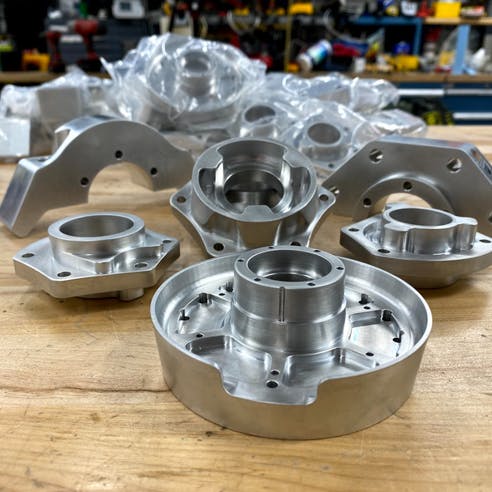
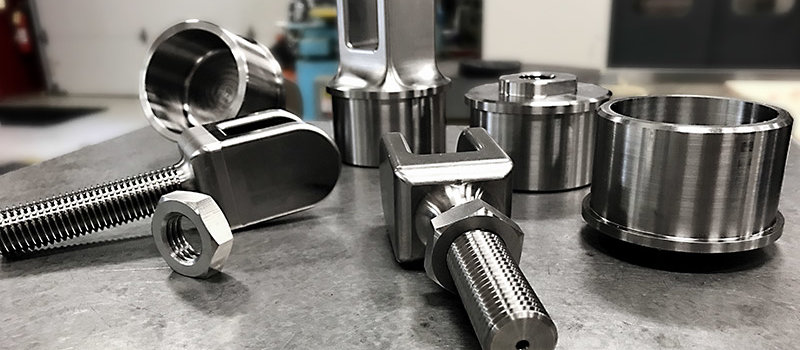
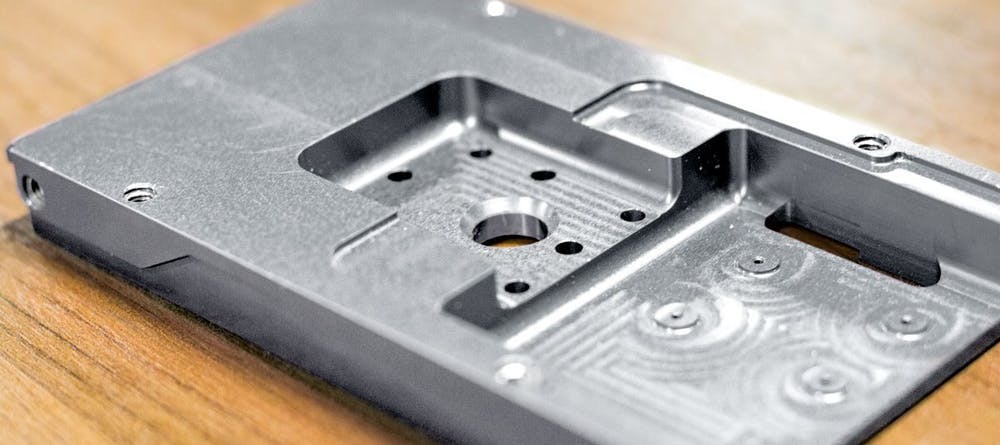
(7) When carrying out manual operations near the rotating grinding wheel, such as grinding tools, cleaning workpieces or incorrect grinding wheel correction methods, workers' hands may touch the grinding wheel or other moving parts of the grinder and be injured.
(8) The maximum noise generated during grinding can reach more than 110dB. If no noise reduction measures are taken, health will also be affected.
Send your message to us:
-
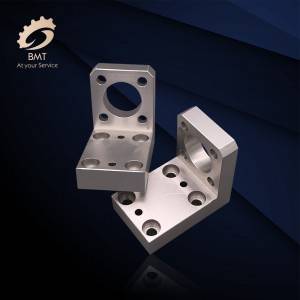
Aluminum CNC Machining Parts
-
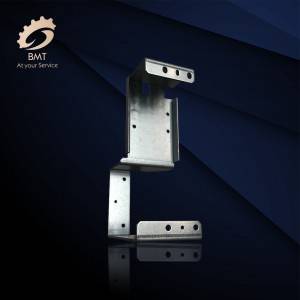
Aluminum Sheet Metal Fabrication
-
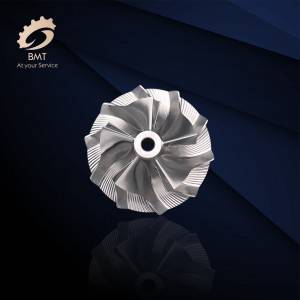
Axis High Precision CNC Machining Parts
-
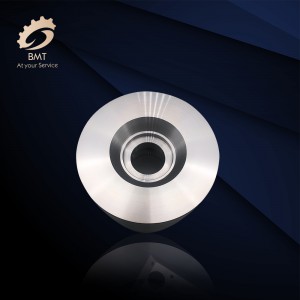
CNC Machined Parts for Italy
-
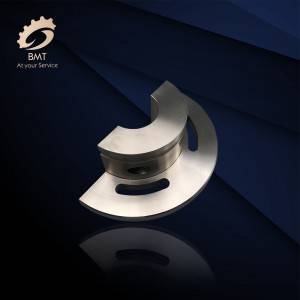
CNC Machining Aluminum Parts
-
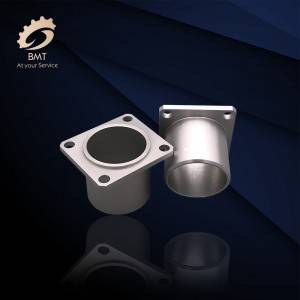
Auto Parts Machining
-
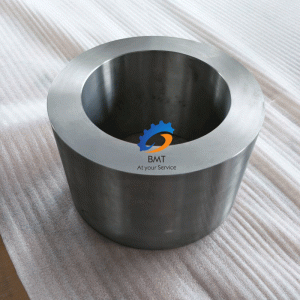
Titanium Alloy Forgings
-
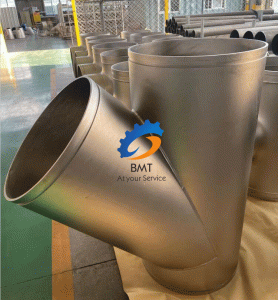
Titanium and Titanium Alloy Fittings
-

Titanium and Titanium Alloy Forgings
-
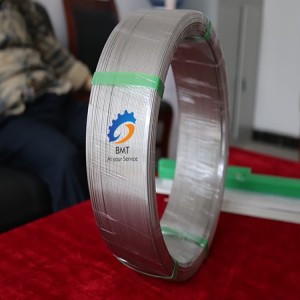
Titanium and Titanium Alloy Wires
-
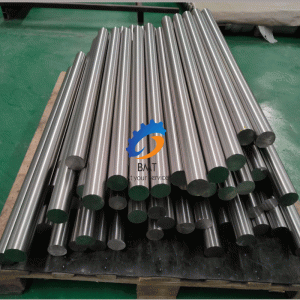
Titanium Bars
-
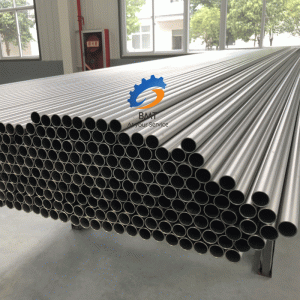
Titanium Seamless Pipes/Tubes
-
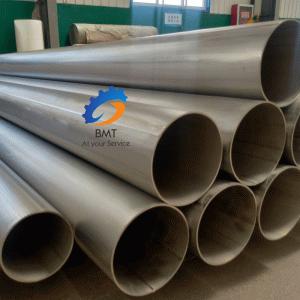
Titanium Welded Pipes/Tubes






